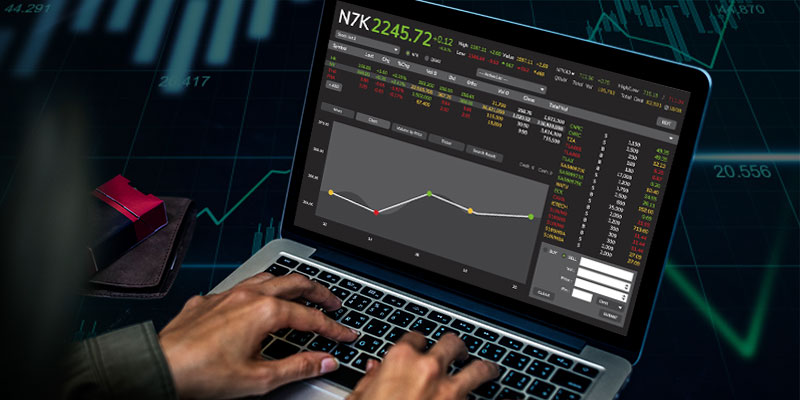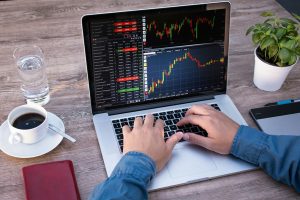
As is the same in every industry, experience really does mean everything. Unfortunately, while it can be the most important weapon in your trading arsenal, it’s the one element that takes the longest to gain.
In this article, therefore, leading forex education experts, Learn to Trade, are using their years of success in the forex industry to lay out the 3 things they wish they’d been told when they first started out trading in the world’s most lucrative market. Covering how often to trade and the necessity of taking a break, this post will help both novices new to the market and professional traders with a few years under their belt reduce their learning curve and learn lessons that only time teaches.
Facing periods of losses is normal
The sooner you understand that you will never be able to eliminate losing streaks, the better. The worst thing you can do when facing two or more losses in a row is to change your strategy last minute, as this new reactive strategy is likely to have been built from emotion – jeopardizing your entire clinical approach to the market as a result.
For example, for those traders with an average 60{3186df88cc623d16bf1a81c25177849eb09b1b85a97396fe7c76b08eccad1807} win rate, statistically, over the course of 100 trades, it’s normal to experience five losses in a row. Therefore, only if you find yourself losing more than 9 trades in a row (over a period of 100 trades) should you begin to feel concerned and look to consult your trading strategy. So, next time you find yourself in the midst of a losing streak, remain calm and don’t immediately make any changes to your game plan as your winning streak could be right around the corner.
You don’t need to trade daily
Particularly true for those starting out their forex trading career, some traders believe that in order to succeed, you need to enter trades every day – however, this simply isn’t the case. Inevitably, there will be days where good opportunities to trade just don’t arise, days when volatility is too low and other days where volatility is too high and unsafe as a result. When traders force themselves to trade every day, they increase the chances of entering bad setups and lose more money than they need to.
Additionally, it’s important to remember that chart burnouts are a real thing and can massively impact your trading results. As such, you need to ensure you take a break from your charts at least a few days each month – this will give you the opportunity to reassess your strategy when you get back and will give you ample time to reconnect with your friends and family.
Keep an emergency fund ready
As a general rule of thumb for any self-employed professional, if you decide that forex is to become your primary source of income, you need to make sure you have an emergency fund ready for instances where you can’t trade (such as the aforementioned chart burnout).
Whether those instances are internal (such as periods of low volatility) or external (such as where you or one of your loved ones experience a health concern), making sure you have a backup pocket of money that will pay the bills and allow you to live in the meantime is something that every full-time forex trader needs to give ample consideration to.
While experience is key to the long-term success and potential profitability of a forex trader, the above three tips are things that you don’t necessarily need to go through to learn but should be aware of when investing time and money into your trading career. Using the above and your own initiative, we’re sure you’ll find a path to success and pick up some of your own tips and tricks along the way.
Author Bio:
John James is a content writer for Learn To Trade, the foreign exchange education and learning specialists – offering a series of training courses to help people understand the currency trading market, as well as its opportunities and risks.


